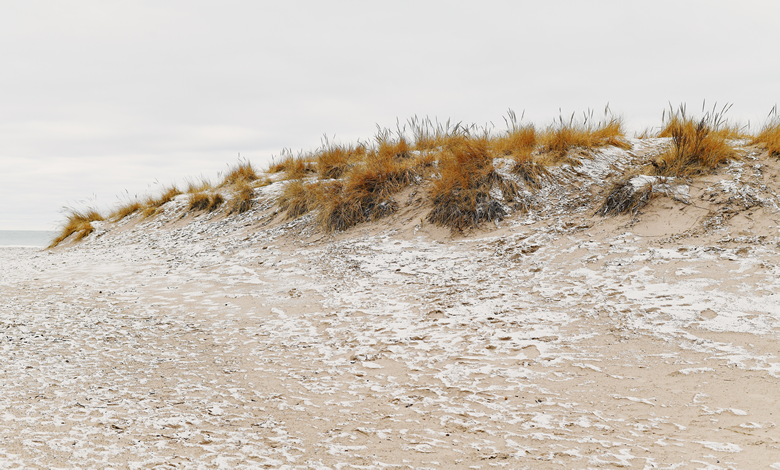
It’s no secret that a home with a well-maintained landscape and trees can be highly appealing. However, the landscaping may cause damage to your roof in a number of ways.
But with a sound roof safety strategy, you can prevent roof damage brought about by landscaping. Here are some of the ways landscaping can endanger your roof.
- Trees Falling on the Roof
Trees may fall when infested with insects or due to poor soil conditions and improper planting conditions. They may also be prone to high winds in areas with modified soil. Varieties such as pines, white spruce, cedar, and Bradford pears are at a greater risk of failure.
If a tree is too weak to withstand a windstorm or is broken, it may fall on your house, resulting in a damaged roof. Warning signs such as fungus on roots, missing bar, dead/falling branches, and cracks in the trunk can help you tell if the tree is at a higher risk of falling.
- Low-Hanging Branches
Tree branches are likely to fall onto your home’s roof if you fail to clip them. And if they brush up against the roof during a windstorm, part of your roof can be damaged or scratched away.
There’s never a bad time to clip diseased, damaged, or dead branches. You can prune them mid to late winter to promote new growth.
- Falling Branches
Falling tree branches can scrape your roof and even scratch the windows. It’s also possible for them to damage the shingles when blown off by a heavy storm.
As huge branches pile up on your roof, they may exert a lot of pressure and add excess weight. The roof may also develop dents or have mold growth in colder seasons. It may start leaking if you fail to intervene.
- Falling Needles and Leaves
If you have a deciduous tree near your house, watch out when it starts shedding leaves. You wouldn’t want to have a pile of leaves and needles on your roof. If you let the tree debris collect, it can block your gutters, resulting in serious roof damage.
The needles and leaves may also encourage algae, moss, and mold growth by soaking in moisture. Algae, moss, and mold are known to cause fading and shorten a roof’s lifespan.
- Moss Growth
Trees growing close to your house can block sunlight and make it difficult for a damp roof to dry up. As a result, dampness on the roof can attract moss, which tends to spread all over the roof. If you have tiles or shingles on your roof, large patches of moss may threaten their structural integrity.
Leave Your Roof Safety Needs to an Expert
It’s easy to ignore the impact that landscaping has on your roof until a problem is imminent. But with the warning signs and residential roof safety advice discussed in this guide, you can prevent damage to roof before it gets worse.
Count on Pitch Masters for unrivaled roofing services with comprehensive product and workmanship warranties. Our mission is to deliver beyond your expectations in a time of need. Ask for a free quote from us to get started with our roofing services.





Did you know that a residential roof can last about 20 years with proper maintenance? Though it’s important to maintain your roof, you may often overlook it. You may not even tell that your landscaping is endangering the roof.